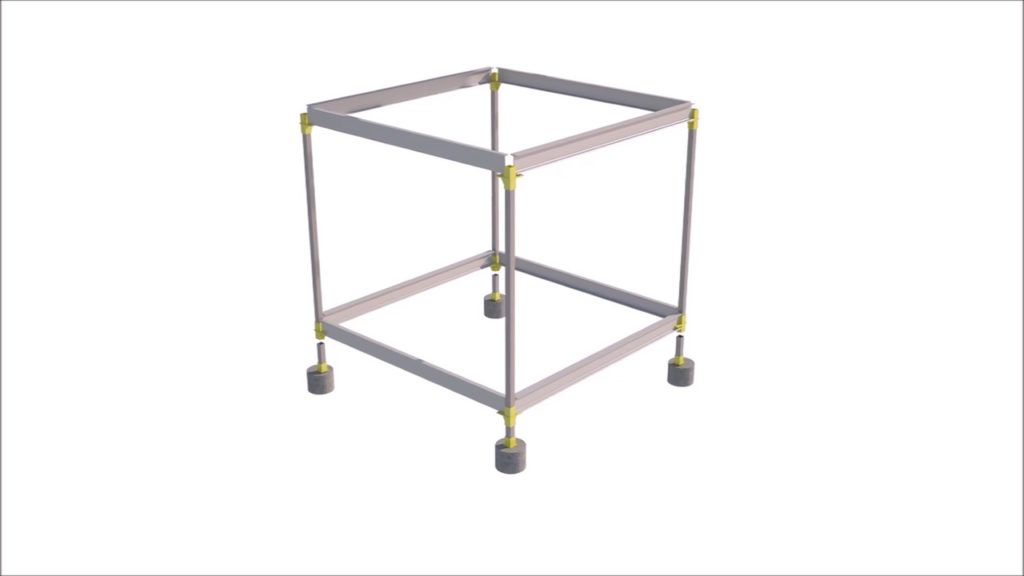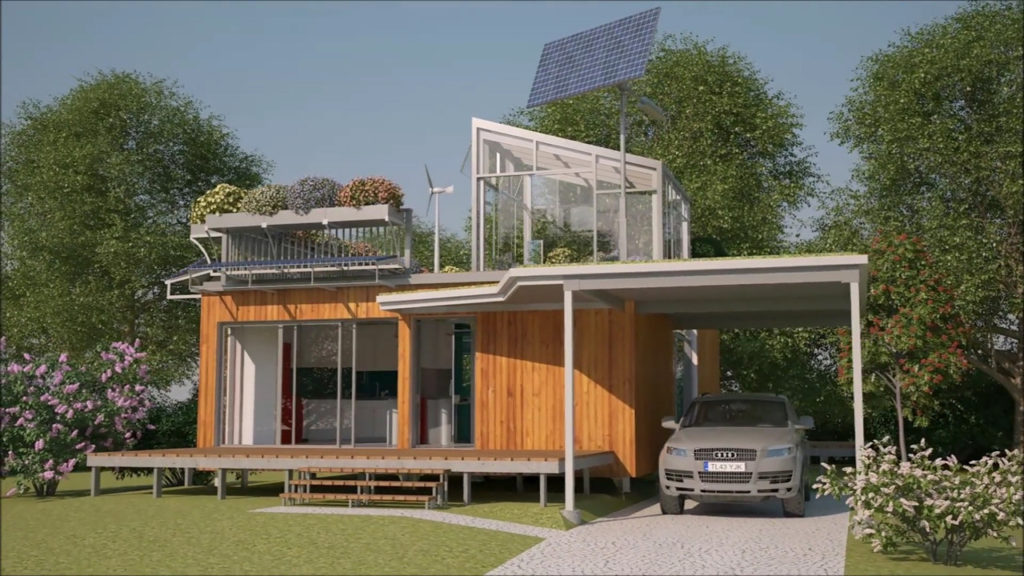
Nicholas Varias is an innovator, plain and simple.
The president of Flexsola International Development Corporation has a lengthy cutting-edge track record dating back to the 1980s. But the culmination of his ground-breaking design efforts to create affordable, adaptable and environmentally-friendly housing just might be his latest design – the Flexsola.
“The construction sector is lagging behind in terms of innovation,” says Varias, a Canadian architect, artist and writer, whose company is based in Burlington, Ontario. “And that’s especially in respect to dealing with climate change. Flexsola can bring a much-needed contribution.”
Flexsola is a modular system for creating sustainable and environmentally-friendly multi-use developments. Its flexibility makes it affordable and adaptable to peoples’ needs as they change over time. Its functional flexibility can provide lifetime residency, opening the way for the creation of a stable, caring and economically-sustainable community.

“Flexsola will appeal mainly to first-time homebuyers and seniors,” says Varias. “That’s thanks to its capability of constructing small units and then expanding them as needed. Cost-wise, for construction, we are aiming for a maxiumum of $150 per square foot.”
A patented steel saddle connection is at the heart of the Flexsola modular building system. This novel approach facilitates the creation of space modules, which can be added, removed, or relocated within a three-dimensional rectangular grid. The flexibility and affordability of Flexsola modular building system make it an ideal solution for an ever-increasing demand in homes of all types and other uses.
“The steel saddle is the key feature of the system,” explains Varias. “It expedites the installation of the posts and beams, and permits the addition or relocation of modules.”

The Flexsola system can be used for a wide range of applications and modules can be made to any size or shape for easier transport. In addition, localized assembly plants can be utilized to increase design flexibility through the use of more complex module shapes. The system can be adapted to all forms of housing currently available on the market, with the added benefits of unprecedented flexibility and adaptability. It is also ideal for infill developments and can be easily integrated into the existing urban fabric.
A Flexsola building system property will be more attractive and economically viable than conventionally-built buildings, says Varias. Economic projections indicate that initial investment could be recovered over a few years if advantage is taken of all the potential financial benefits of using this system.
Where a large percentage of the purchase price of a home comes from a mortgage, a conventional house often remains a liability for a long time, despite its growing equity. In contrast, a Flexsola building is a financial asset because of savings not found in conventional buildings. Some examples:
Varias says a Flexsola building system has a low-carbon footprint because of very important features, such as of its innovative steel structures, landscaped rooftops, and unique devices to generate solar and wind energy.

According to the Flexsola president, a building produced and erected in this system will also be more sustainable than alternative structures. This is why:
Quick erection on site due to off-site fabrication and the patented saddle;
Web / flexsola.com
Flexsola International Development Corporation has been awarded the 2017 Innovative Product Award by Toronto Construction Association. In 1996, Varias won the Canada Mortgage and Housing Corporation’s FlexHousing Design Competition and a model of his design was built in 1997 at the Canadian Centre for Housing Technology in Ottawa.